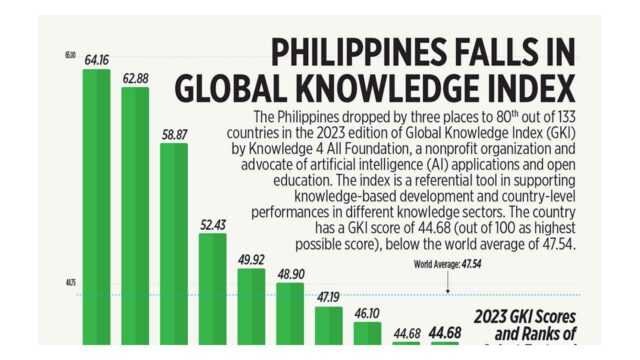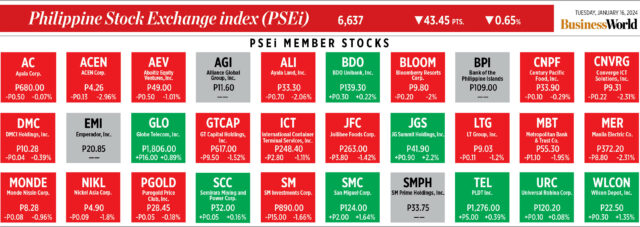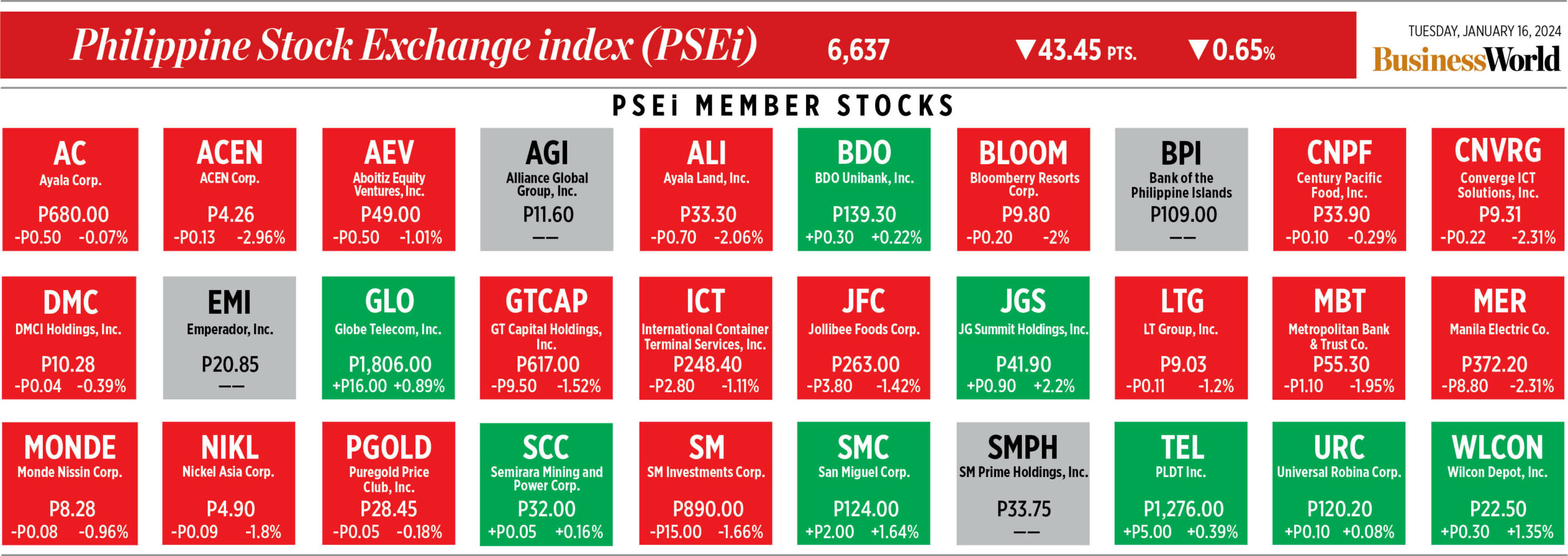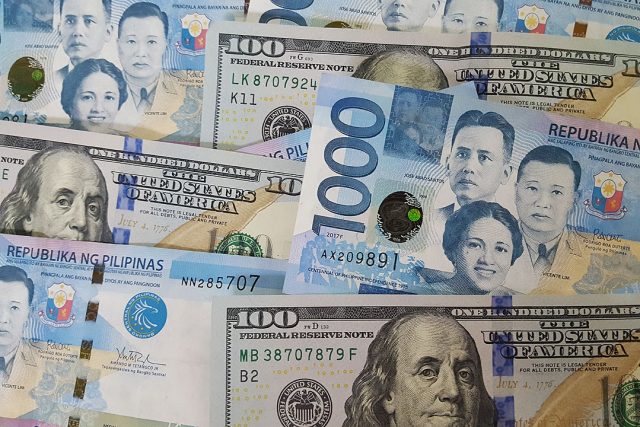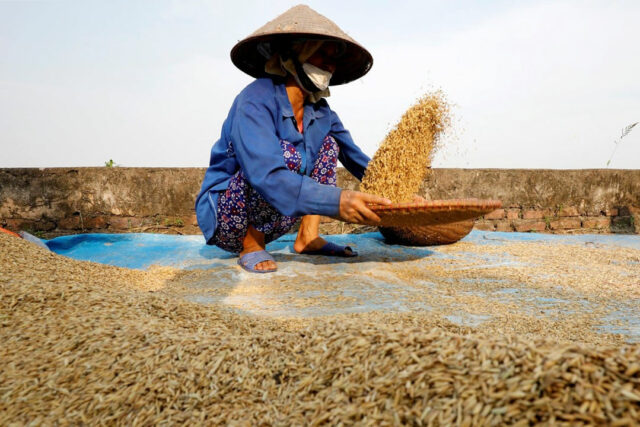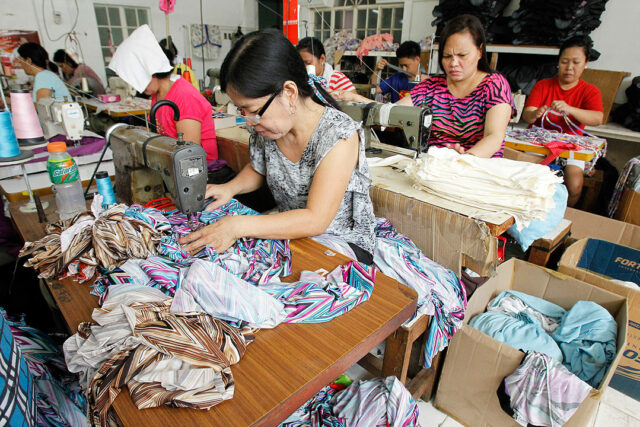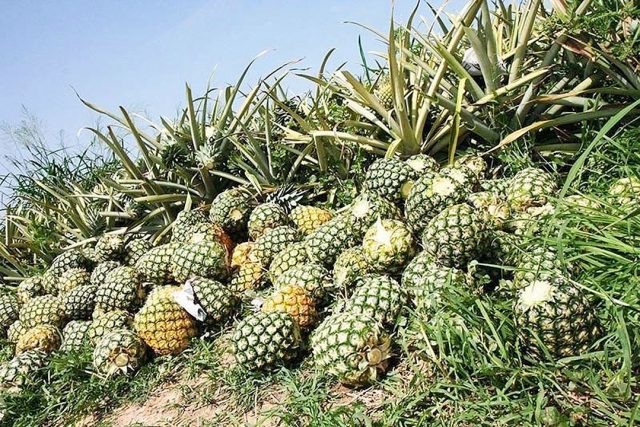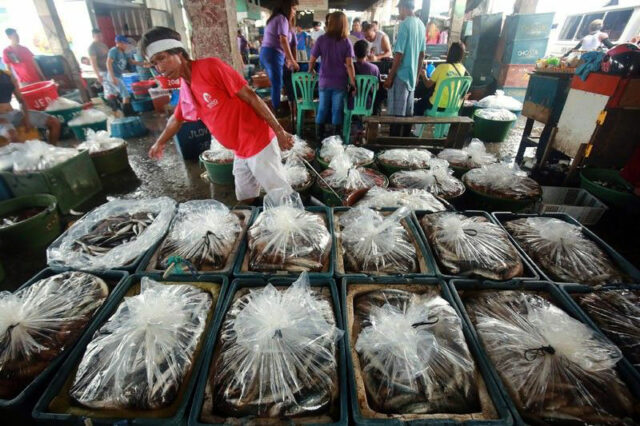Holcim opens virtual reality innovation hub in Davao
HOLCIM Philippines, Inc. has opened a virtual reality (VR) innovation hub in Davao City showcasing construction innovations.
The VR facility, “The Hub,” located at Holcim Davao Plant in Barangay Ilang, Bunawan District, Davao City, takes visitors to Holcim’s research center in Lyon, France, company officials said during a briefing on Tuesday.
The facility allows customers to explore construction innovations for decarbonizing buildings, the company noted.
Among the solutions displayed are low-carbon materials such as ECOPact concrete and ECOPlanet cement, and circular construction solutions such as Holcim’s proprietary ECOCycle circular technology platform, which recycles construction demolition materials into new building solutions.
“What we are going to do is make available to anybody who would like to see the latest innovations in terms of construction techniques, sustainability, and performance in construction, as well as the way of building materials right here in Davao,” said Holcim Philippines President and Chief Executive Officer Horia Adrian.
Ramakrishna Maganti, Holcim senior vice president for infrastructure and industrial sales, said: “What this innovation hub is going to do is to give people exactly the experience.”
Mr. Maganti also said that, besides customers, The Hub aims to engage with policy makers, like government agencies, to let them experience innovations in the industry and offer ideas for adjusting policies.
He added that the company is also targeting structural engineers and architects.
“These are the people whom we want to come here and experience the solutions, and hopefully, they will have a better perspective on their experience.”
The company can open The Hub for small enterprises and students, Mr. Maganti also said.
Holcim Philippines said it is accelerating its transformation as a sustainable and innovative building solutions provider, with a focus on advancing decarbonization and the circular economy in the construction industry. — Maya M. Padillo




